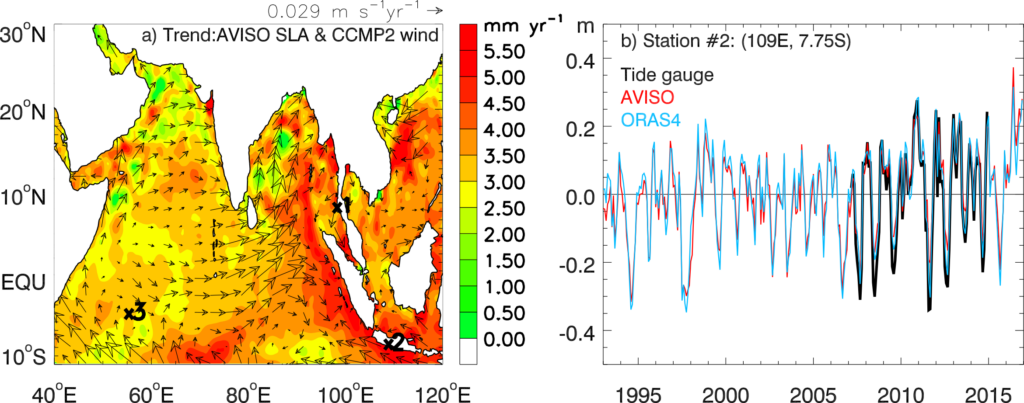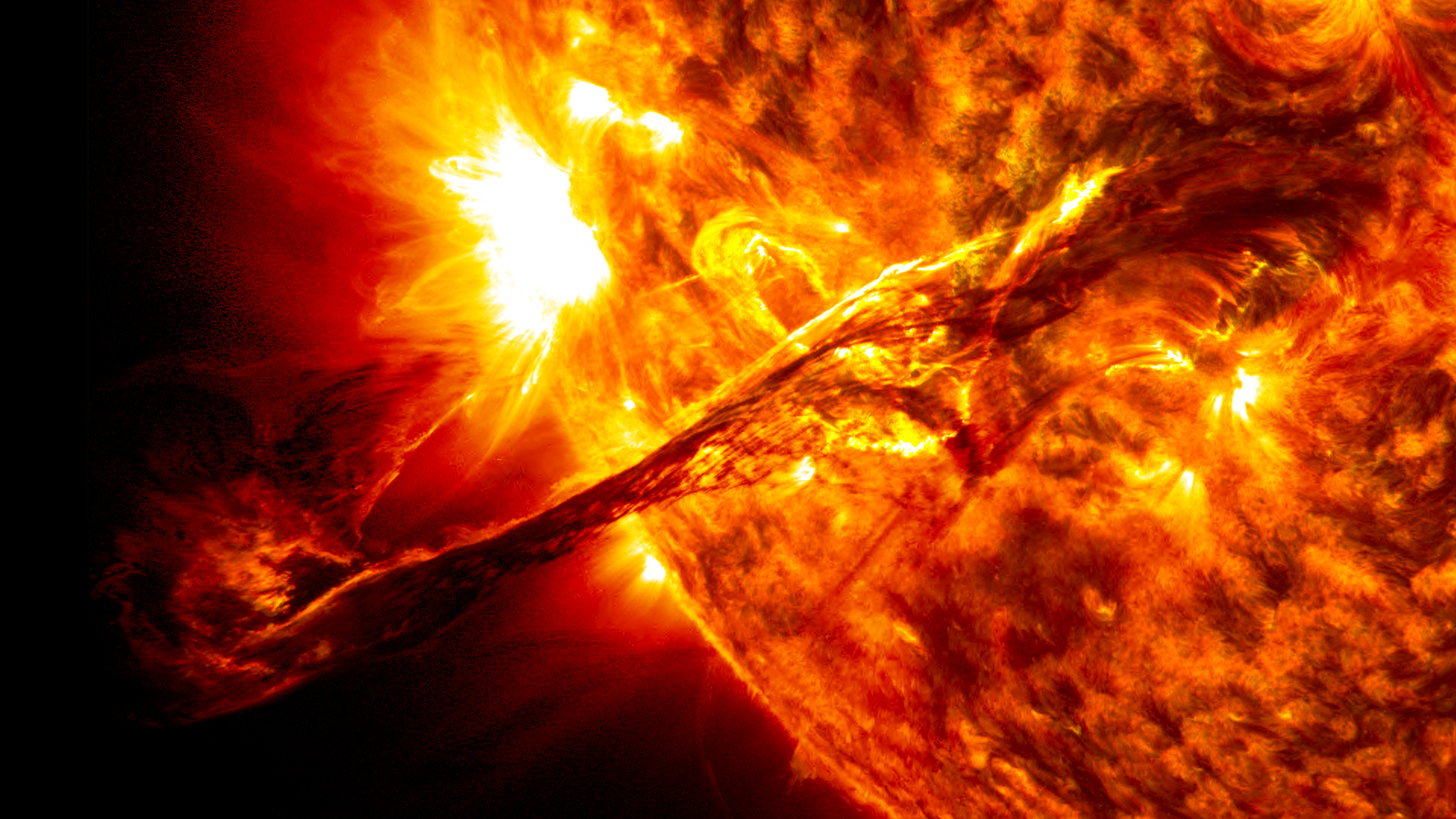
A regular clock correlating different solar activities provides, for the first time, a physical explanation for the observed cycle of solar activity.
BERN, SWITZERLAND, 18.04.2024 – The variable nature of the solar cycle is a perplexing issue in solar physics with wide-ranging implications for space weather on the Earth impacting societal activities. Utilizing the Hilbert transform of sunspot numbers, former ISSI Johannes Geiss fellow Sandra Chapman from the University of Warwick in the UK together with co-author Thierry Dudok de Wit from the International Space Science Institute Bern in Switzerland and the University of Orléans in France have devised a method to synchronize the fluctuating 11-year Schwabe cycle to a simple, uniform clock. This innovative approach allows for the correlation of extreme space weather events, as indicated by the aa index (i.e., the longest continuous record of the magnetic field), with solar active region dynamics dating back to 1874.
Key findings reveal a pivotal transition point: when over 90% of solar active regions converge within approximately 15° of the solar equator, the occurrence of the most severe space weather events diminishes. This shift occurs from regions characterized by high gradients in solar differential rotation, capable of fueling coronal mass ejections, to areas where rotational dynamics remain relatively constant across latitudes.
Moreover, the study elucidates the onset of moderate space weather events, coinciding with 27-day solar rotation recurrences in the aa index. This correlation aligns with the relocation of solar active region centroids to within 15° of the solar equator, indicating stable and persistent source regions for high-speed solar streams.
These findings provide a compelling physical explanation for the observed two-component cycle of activity in the aa index, shedding light on the intricate relationship between solar dynamics and space weather phenomena. Such insights hold promise for enhancing our ability to predict and mitigate the societal impacts of extreme space weather events.
Chapman, S.C. and Dudok de Wit, T. (2024). A solar cycle clock for extreme space weather, Scientific Reports, https://doi.org/10.1038/s41598-024-58960-5
Author details
Sandra Chapman (1,2) and Thierry Dudok de Wit (3,4)
- Centre for Fusion, Space and Astrophysics, Physics Department, University of Warwick, Coventry, UK (s.c.chapman@warwick.ac.uk)
- Department of Mathematics and Statistics, University of Tromso, Norway
- International Space Science Institute, Bern, Switzerland (thierry.dudokdewit@issibern.ch)
- LPC2E, University of Orleans/CNRS/CNES, France
Note to the media
When reporting on this story, please mention the ISSI Johannes Geiss fellowship of Sandra Chapman.
Press release text by Fabio Crameri
ISSI Press Contact:
Fabio Crameri
ISSI Communication Specialist
Bern, Switzerland
fabio.crameri@issibern.ch
More information
The International Space Science Institute (ISSI) is an Institute of Advanced Studies, where scientists from all over the world meet in a neutral, welcoming, and multi-disciplinary setting to discuss relevant and compelling topics related to four Disciplines: Astrophysics, Heliophysics, Planetary Science and Earth Science. ISSI’s mission is to advance science by facilitating scientific community interactions, meetings and discussions aimed at a deeper understanding of results from different space missions, ground-based observations, and theory. This is achieved through a broad portfolio of scientific opportunities that include: International Teams, Workshops, Working Groups, Forums, or visits of individual Visiting Scientists. For additional information related to ISSI and to the opportunities it offers, see: www.issibern.ch.
- X: @ISSIBern
- LinkedIn: international-space-science-institute
- Facebook: @ISSIBern
Credit
CC BY-SA 4.0

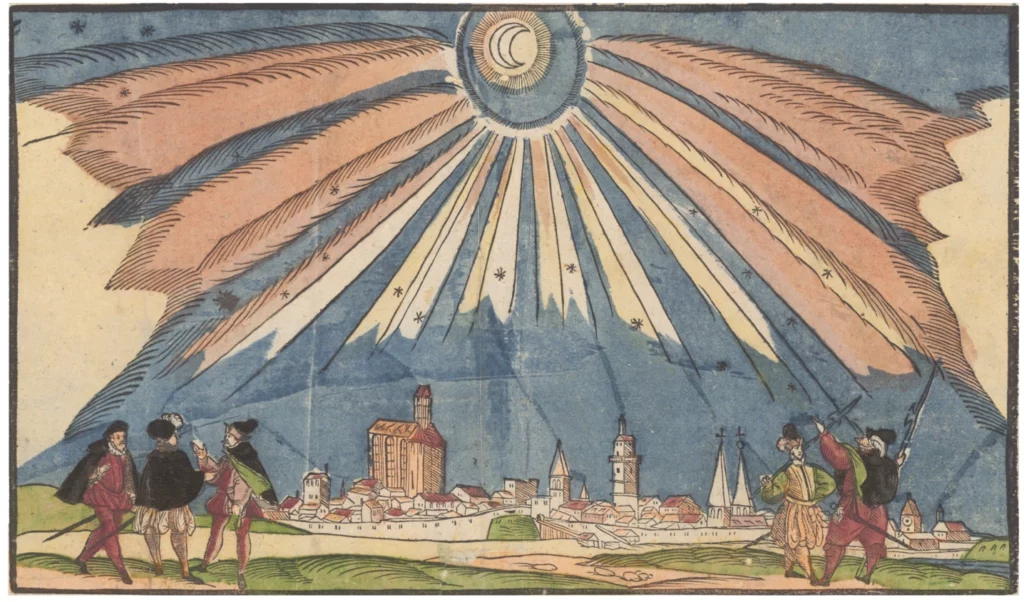
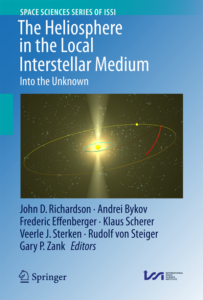
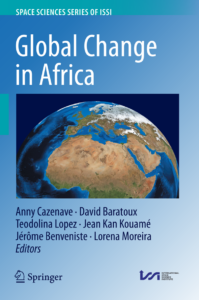 The main objective of this book is to provide an overview of the benefit of using Earth Observation data to monitor global environmental changes due to natural phenomena and anthropogenic forcing factors over the African continent, and highlight a number of applications of high societal relevance. The main topics presented in the book concern: water resources, floods and droughts, coastal zones changes and exploitation of mineral resources and its impact on the environment.
The main objective of this book is to provide an overview of the benefit of using Earth Observation data to monitor global environmental changes due to natural phenomena and anthropogenic forcing factors over the African continent, and highlight a number of applications of high societal relevance. The main topics presented in the book concern: water resources, floods and droughts, coastal zones changes and exploitation of mineral resources and its impact on the environment. 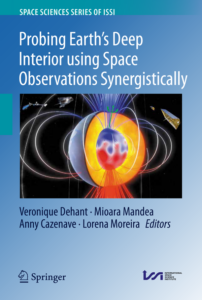 During the recent decades, space missions (e.g., CHAMP, GOCE, GRACE and Swarm) have been developed by space agencies in Europe and the USA to measure the Earth’s gravity and magnetic fields and their spatio-temporal variations. These successful missions have already provided a wealth of groundbreaking results about the permanent and time-variable gravity and magnetic fields of the Earth. However, more can be learned about the Earth’s structure by combining data of the gravity and magnetic fields, together with Earth’s rotation data routinely measured using space geodesy techniques, as well as with the most up-to-date modelling of the Earth’s internal structure. Use in synergy of these global observables and model data represents a unique way to further investigate the physics of the deep Earth’s interior. In addition to the well-known correlation between Earth’s rotation and magnetic field observed at interannual and decadal time scales, recent studies have reported unexpected correlation between spatio-temporal changes of the gravity field and magnetic field, also at interannual time scale. These changes may result from processes occurring in the liquid core and at the core-mantle boundary.
During the recent decades, space missions (e.g., CHAMP, GOCE, GRACE and Swarm) have been developed by space agencies in Europe and the USA to measure the Earth’s gravity and magnetic fields and their spatio-temporal variations. These successful missions have already provided a wealth of groundbreaking results about the permanent and time-variable gravity and magnetic fields of the Earth. However, more can be learned about the Earth’s structure by combining data of the gravity and magnetic fields, together with Earth’s rotation data routinely measured using space geodesy techniques, as well as with the most up-to-date modelling of the Earth’s internal structure. Use in synergy of these global observables and model data represents a unique way to further investigate the physics of the deep Earth’s interior. In addition to the well-known correlation between Earth’s rotation and magnetic field observed at interannual and decadal time scales, recent studies have reported unexpected correlation between spatio-temporal changes of the gravity field and magnetic field, also at interannual time scale. These changes may result from processes occurring in the liquid core and at the core-mantle boundary.